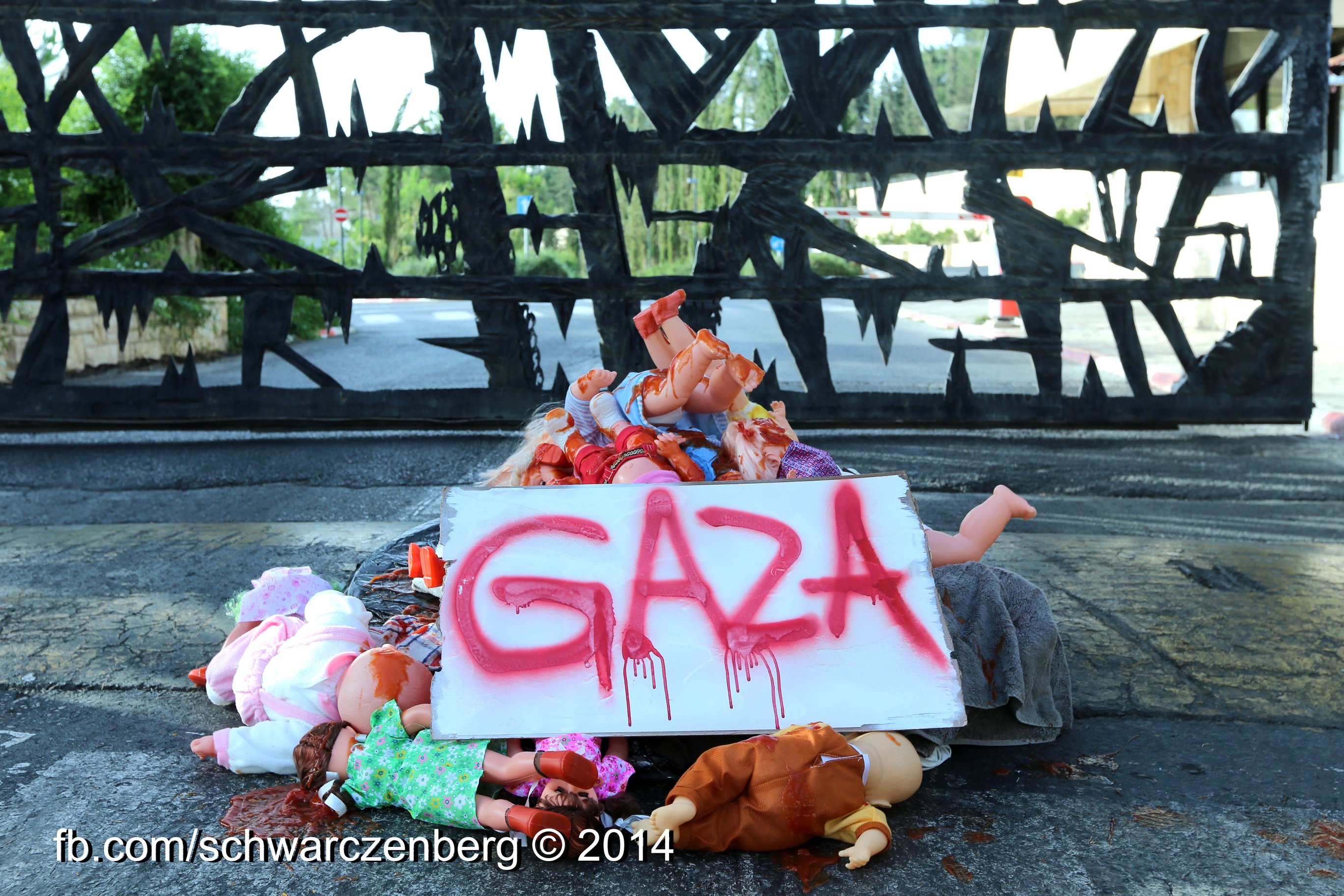Tag: Air Strike
-
Gaza report: War against civilians
14th July 2014 | International Solidarity Movement, Charlie Andreasson | Gaza, Occupied Palestine The war is now in its seventh day, the death toll is rising briskly, 17,000 people have fled Beit Lahia in the north after the threat of a land invasion, fishermen are prevented from accessing their fishing grounds, and sewer and water…
-
Jews Against Genocide hold memorial for Palestinian children at Yad Vashem
13th July 2014 | Jews Against Genocide | Occupied Palestine Yesterday, Saturday, 12th July, Jews Against Genocide (JAG) held a memorial service for Palestinian children killed by Israel in its current attack on Gaza. JAG set aflame to a pile of dolls covered in red paint at Yad Vashem, Israel’s holocaust memorial museum. JAG is a movement of Jews…
-
Israel airstrike bombs major water line, sewage station and water wells in Gaza
13th July 2014 | International Solidarity Movement, Ramallah team | Gaza, Occupied Palestine Israeli airstrikes bombed a major water line and sewage plant west of Gaza City, last Wednesday afternoon, which provides water to tens of thousands of citizens and is regarded as the main water line for al-Shati refugee camp west of the city. The director of the Water…



